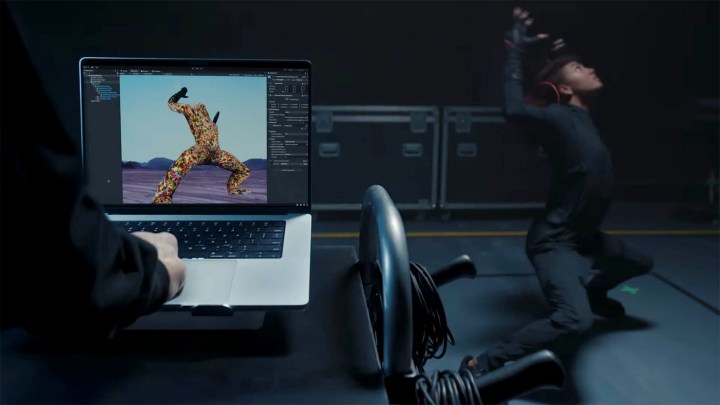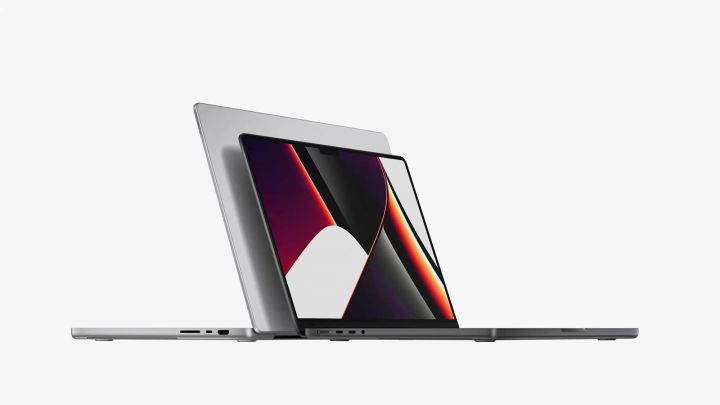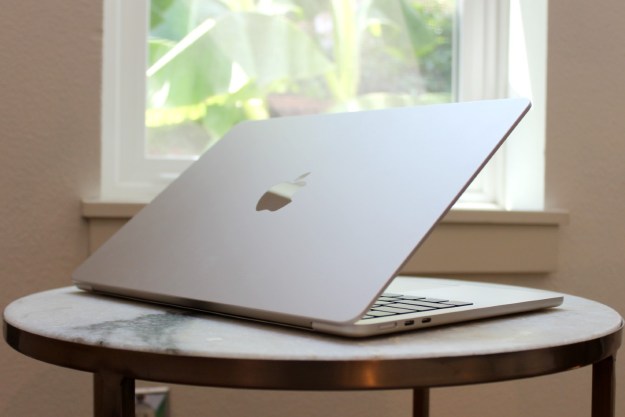The new MacBook Pro was “unleashed” at Apple’s October Mac event with the company’s predictable pageantry. And it indeed appears to be a marvelous machine. But once again, I’m particularly struck by how advanced Apple’s displays are getting. By the numbers, the new MacBook Pro has a better display than most TVs produced today. Sure, it’s a lot smaller. But does that even matter anymore?
Here’s why the new MacBook Pro will soon be emitting better picture quality in coffee shops than most TVs do in living rooms.
Mini-LED backlight tech

The muscle behind the new MacBook Pro’s screen is its mini-LED backlight technology. While this technology has been at work in some high-end TVs for a couple of years now, it has posed some challenges — challenges the MacBook Pro looks uniquely positioned to conquer in a way TVs simply can’t — at least not yet.
TCL introduced the first mini-LED backlit TV in 2019. Since then, other manufacturers like LG and Samsung have adopted the technology. The promise of mini-LED is more precise backlighting, with many more zones of control, better black levels, higher peak brightness for HDR highlights, and less blooming around bright objects on a dark background. Simply put: A brighter, richer, more brilliant picture.
Unfortunately, as I’ve evaluated many dozens of TVs over the past couple of years, I’ve noticed that mini-LED backlighting in TVs seems to demand more processing power than the TVs have on tap. There may be thousands of tiny LED lights and hundreds of control zones available, but conducting that elaborate light show requires hardcore horsepower — horsepower TVs lack, but which the MacBook Pro appears to have in spades.
The 14- or
To exact the precision that mini-LED backlighting affords and realize its net benefits, a powerful processor is needed to make lightning-quick decisions and execute them just as quickly. The MacBook Pro can do that. All that remains to be seen now is if the MacBook Pro does do that — and I’d be shocked if it didn’t.
Come to think of it, I’m starting to wish those “TV made by Apple” rumors would come back.
More from the Apple event
- All about the new Apple processors
- Why Apple finally killed the Touch Bar
- Meet the new AirPods
- Everything Apple didn’t announce (but should have!)
Brightness for work, brightness for play
During its presentation, Apple claimed its new MacBook Pro displays were capable of up to 1,000 nits sustained brightness and up to 1,600 nits peak brightness. If you’re unfamiliar with nits as a measurement of brightness, those are pretty impressive numbers. For context, only the most expensive mini-LED TVs from Samsung, TCL, and Vizio are capable of achieving similar measurements, and one has to pay handsomely for that capability — generally north of $2,000 depending on screen size.

The MacBook Pro may have a much smaller screen size, but that smaller screen will look better than its 65-inch and above mini-LED backlit TV counterparts. Also, at roughly the same price, it’s a full-blown computer, not just a TV. Toss in the fact that the percentage of content consumed on smaller screens only increases year-over-year, and the new MacBook Pro’s display performance looks even more impressive and enticing.
The MacBook Pro will be used in all sorts of environments, so it has to be bright enough to be visible outdoors on a sunny day for practical reasons. But for pure enjoyment, 1600 nits will be plenty of peak brightness to make
Smooth move, Apple
While contrast may be the most easily recognized visual element to the human eye, I’d wager that motion isn’t far behind. When fast-moving camera pans turn sports blurry, folks tend to take notice. But for sports and all other types of fast-moving content, I think the MacBook Pro will look outstanding — likely far better than we see on most televisions.
Once again, the processing is the key. Since Apple’s processors are so powerful, they are capable of rendering motion as precisely — if not more so — as any other display, TV or otherwise. A focus on adaptive refresh rate is one big clue toward that end.
Color accuracy
I have always found it odd that color accuracy rests on a relatively low rung of the ladder of importance to consumers when it comes to TVs. Instead, it seems folks just want the color to be exciting. In many cases, I’ve heard that consumers want colors that are “better than real life.”
I get it. Better than real life is more exciting than real life, and who doesn’t want to be excited by their TV? But I think it is possible to have both accuracy and excitement when it comes to color, and that’s one area I think the new MacBook Pro is likely to excel.

Apple can’t get away with selling any computing display that doesn’t offer a high level of accuracy. When you are building a tool of the trade — in this case the trade of visual creators — color accuracy is of paramount concern. There are standards, and the MacBook Pro has to meet or exceed them. Accurate Adobe RGB color space coverage is a foregone conclusion now. Today, pro-grade displays must be able to meet the tight requirements of the DCI P-3 and/or ITU Rec. 2020 color space — aspirations that high-end TVs aim to achieve.
Yet again, Apple’s processing power and manufacturing tolerances should make the MacBook Pro capable of delivering both color accuracy and color excitement, thus closing the loop on a group of picture quality elements by which TVs are judged.
But it’s too small!
I’m not here to suggest that anyone should or would replace the 55-inch or bigger TV in their living room with a 14.2 or 16.2-inch screen. Image size is indeed an important component of immersion — there’s a reason going to a commercial theater can still be more fun than watching a movie at home, even if that home has a 100-inch projection screen.
Still, by the numbers, the MacBook Pro handily outperforms most televisions in several key areas of picture quality. It’s impossible not to take a moment to marvel at just how far laptops have come in the past few years.
Editors' Recommendations
- These 6 tweaks take MacBooks from great to nearly perfect
- A new wave of powerful laptops rises to challenge the MacBook Pro
- The biggest threat to the MacBook this year might come from Apple itself
- The case for buying the M2 MacBook Air over the M3 model
- Why you should buy a MacBook Pro instead of a MacBook Air



